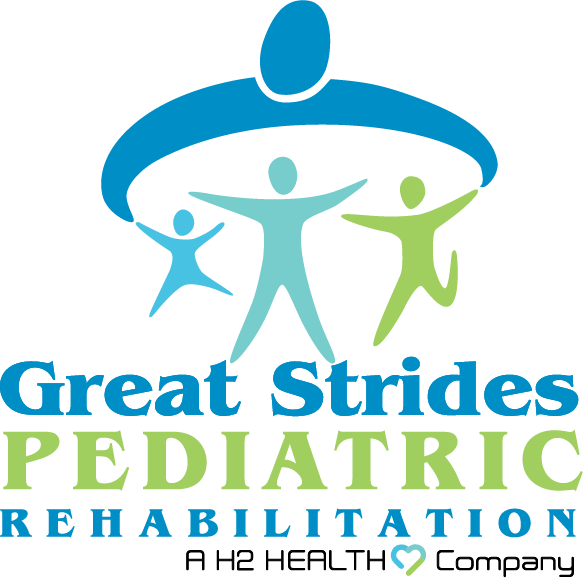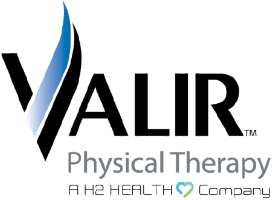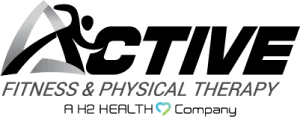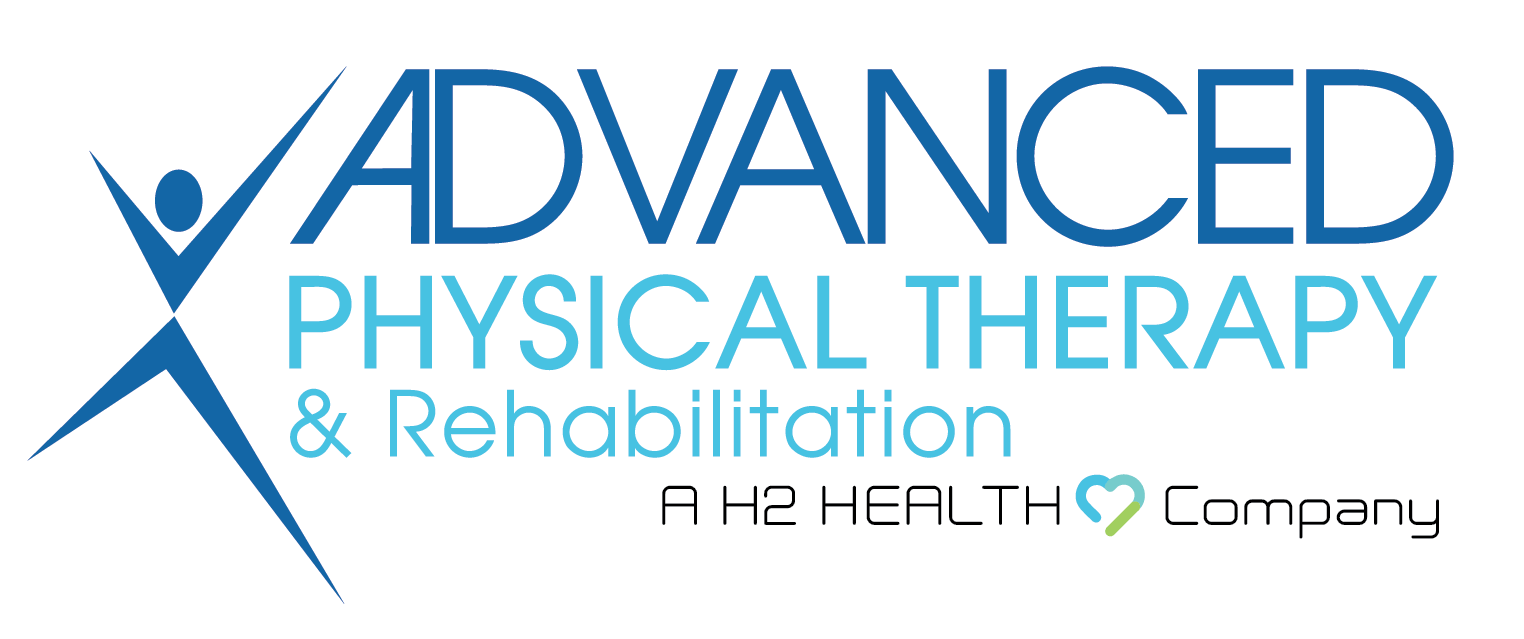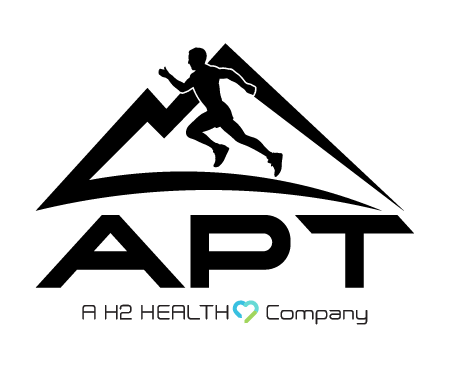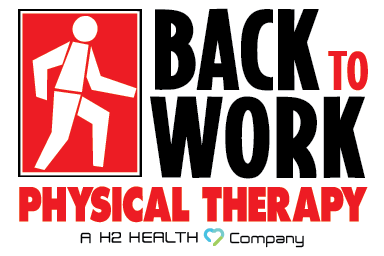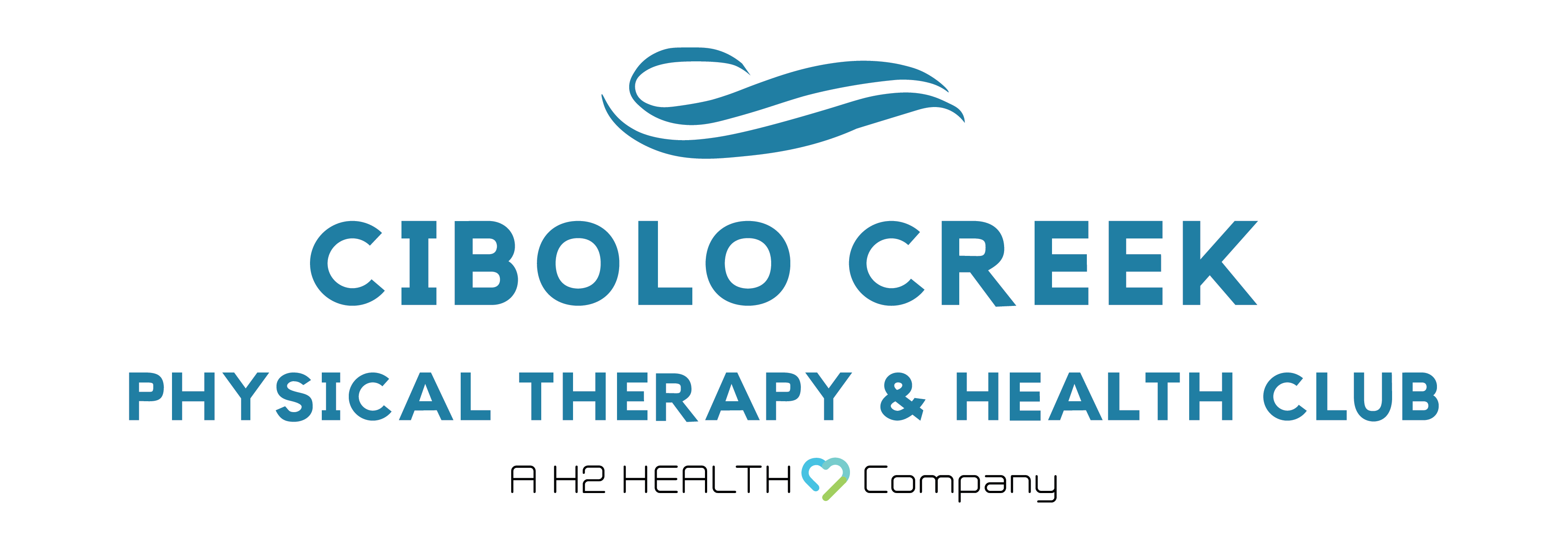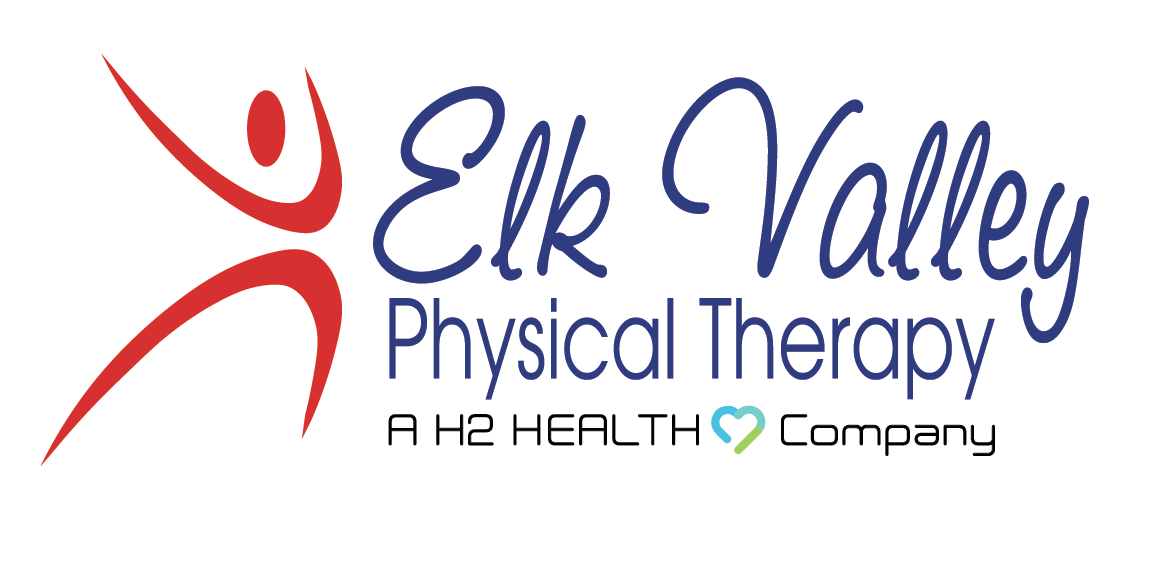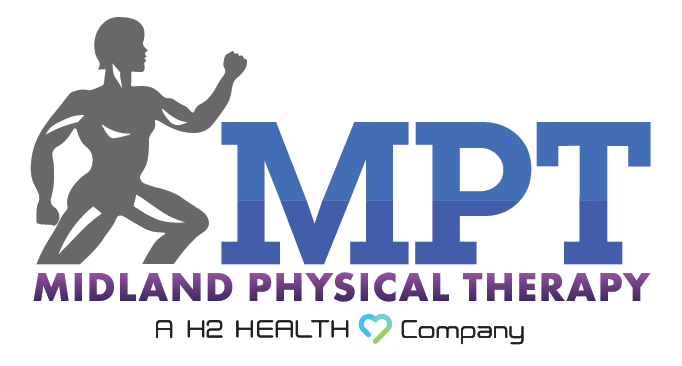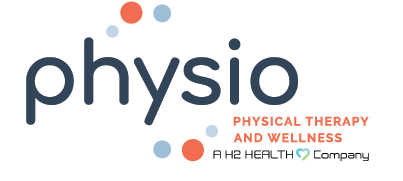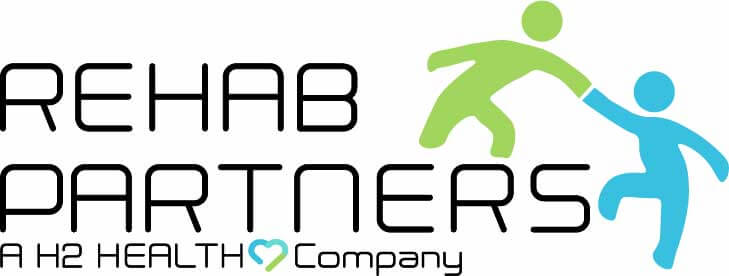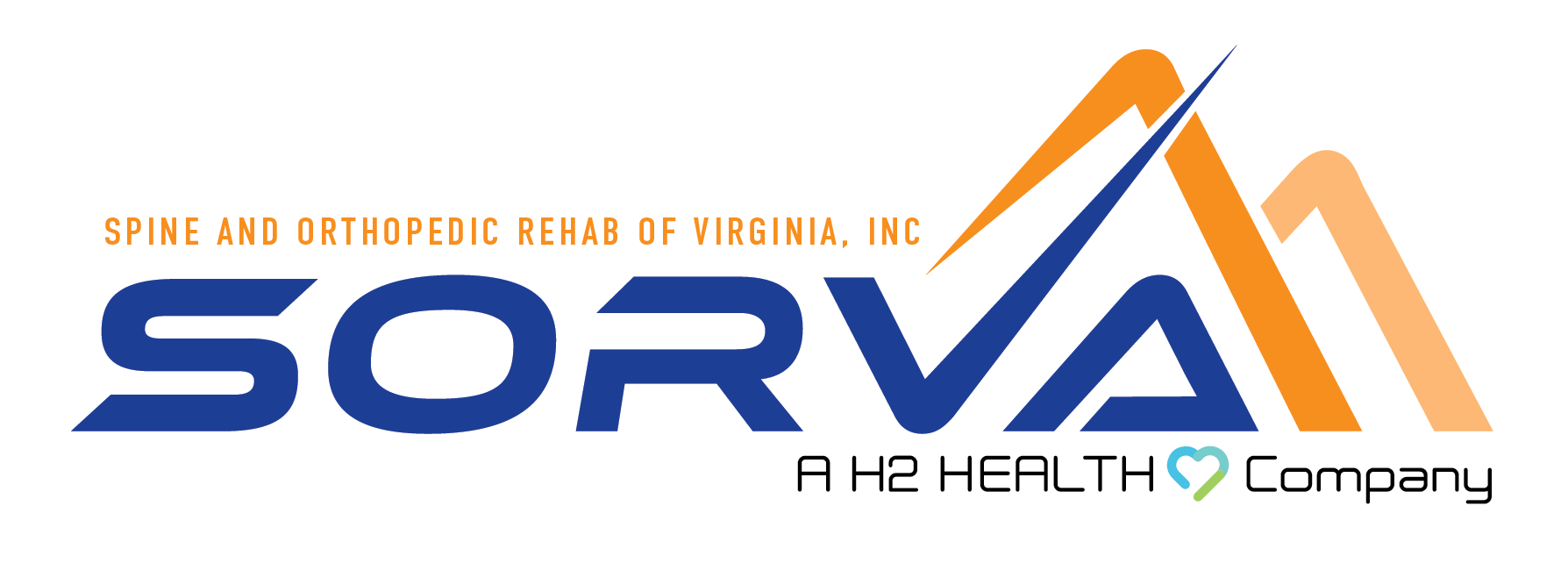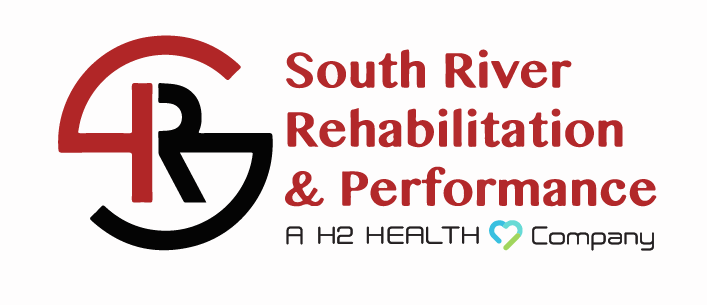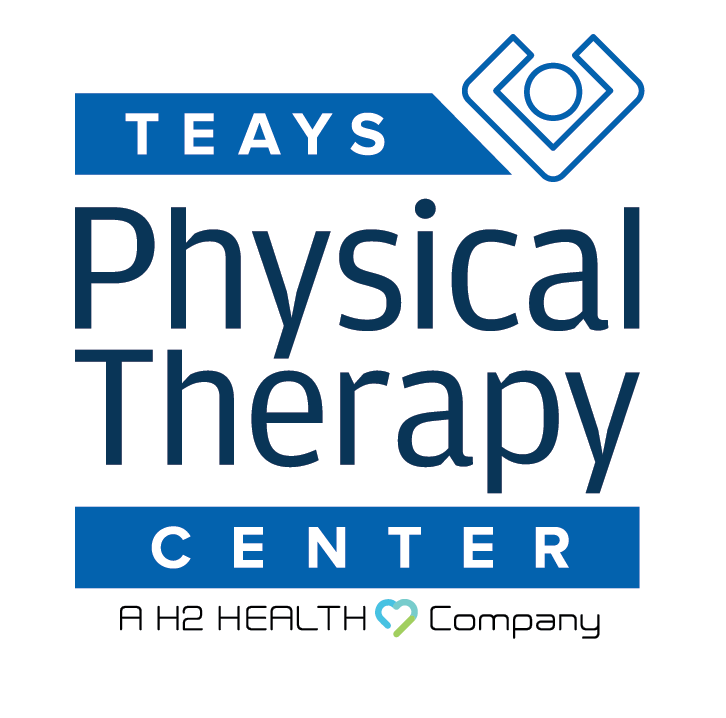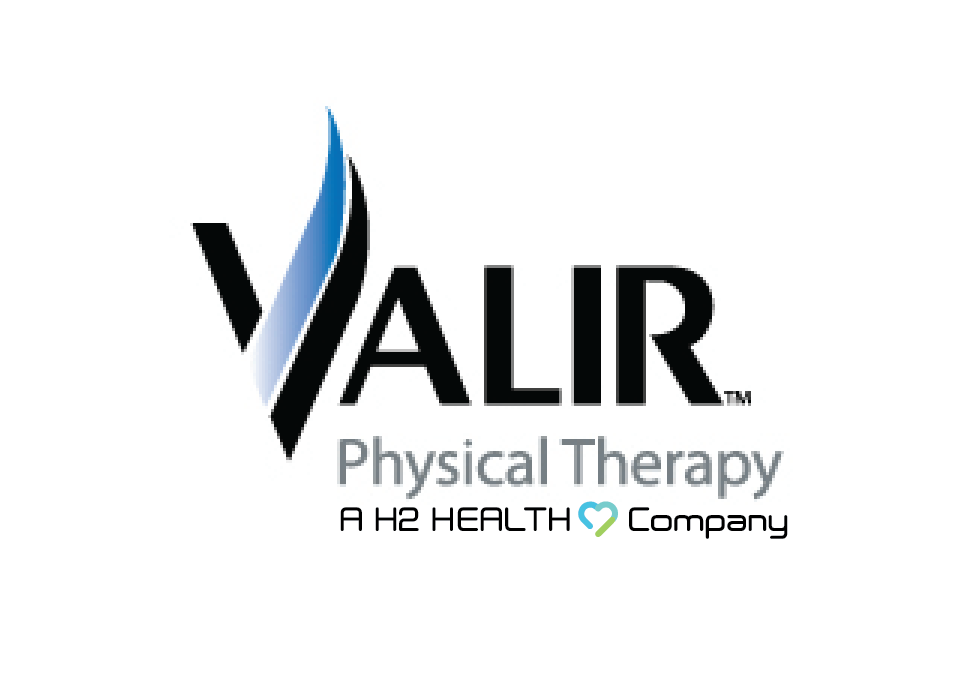
When one thinks of physical therapy, the common image is of a trained therapist helping someone recover from an orthopedic injury or procedure involving the loss of their mobility – for instance, learning how to walk again or restoring an arm’s full range of motion.
However, the average person might be surprised to learn that physical therapy also addresses many other issues. Take, for example, therapy to deal with TMJ disorders.
The temporomandibular joints (TMJ) are on each side of the jaw and connect the jawbone to the skull, acting like a sliding hinge when you open and close your mouth. A TMJ disorder can cause pain in the jaw joint and in the muscles that control the jaw’s movement. In some cases, it can result in the locking of the jaw, making it difficult for you to open or close your mouth. It can also compel you to clench or grind your teeth, or it can force your jaw to make an annoying clicking sound with movement.
The pain and difficulty in chewing with a TMJ disorder can be the result of a combination of factors, such as injury, arthritis, or genetics. The good news is that, in most cases, the discomfort of a TMJ disorder is only temporary and can be relieved with nonsurgical treatments – such as physical therapy.
How Physical Therapy Can Help Resolve a TMJ Disorder
Besides treatments that include the use of ultrasound and heat and ice therapy, exercises that relax, stretch, and strengthen the jaw can help relieve the pain associated with a TMJ disorder. They can increase jaw mobility, reduce jaw clicking, and promote jaw healing. Specific exercises to treat the disorder include:
- Relaxed jaw exercise, in which you rest your tongue on the roof of your mouth and allow your teeth to come apart while relaxing the jaw muscles.
- Goldfish exercises, in which you place your tongue on the roof of your mouth and one finger in front of your ear where your TMJ is located. You then place your middle or pointer finger on your chin, drop your lower jaw halfway, and then close it.
- Chin tucks, which involve pulling your chin straight back to create a “double chin,” holding the position for three seconds and repeating it several times.
- Resisted opening of the mouth, in which you place your thumb under your chin, open your mouth slowly, and push gently against your chin for resistance, holding the position for about six seconds, then closing your mouth slowly.
- Resisted closing of the mouth, which involves squeezing your chin with your index finger and thumb, then closing your mouth as you place gentle pressure on your chin.
- Tongue up is an exercise in which your tongue touches the roof of your mouth while you slowly open and close your mouth.
- Side-to-side jaw movement is an exercise in which you place a few tongue depressors (at least ¼ inch thick) between your front teeth and slowly move your jaw from side to side.
- Forward jaw movement, is a similar exercise in which you place an object between your front teeth but then move your bottom jaw forward, so your bottom teeth are ahead of your top teeth.
Before beginning any physical therapy exercises or stretches, consult your physician or physical therapist.
Other Treatments for TMJ Disorders
In order to get the best results possible, your provider may recommend other treatments to complement physical therapy. Many modalities exist that bring patients with TMJ disorder much-needed relief. For instance, you may be prescribed medications to relieve symptoms, such as muscle relaxants and pain relievers. Oral splints, mouth guards, and massage can also be helpful in reducing symptoms.
In some cases, corticosteroid or Botox injections may be beneficial. In severe cases, surgery may be recommended. You will work closely with your providers to find the right balance of treatments to bring you relief.
Physical Therapy for TMJ Disorders in Pennsylvania, Texas, Oklahoma, Florida, West Virginia, Virginia, New Jersey, Kentucky, Ohio, Maryland, and Georgia
If you are suffering from a TMJ disorder that causes pain or makes it difficult to open and close your mouth, a professional and licensed physical therapist is best qualified to help you learn the proper use of any or all of these exercises to help ease symptoms.
At H2 Health, our outpatient clinics are equipped with advanced facilities and deliver services and therapies that can help resolve your TMJ disorder once and for all. Some of the TMJ disorders that we treat at H2 Health clinics include:
- TMJ pain or myofascial pain – pain in the temple, jaw, face, or around the ear
- Limited opening of the mouth
- TMJ stiffness or ankylosis due to disease or injury
- Osteoarthritis of the TMJ
- Tendonitis – inflammation in the tendons surrounding the TMJ
- Locked jaw
- Jaw deviation
- Jaw claudication
Our goal is to provide the rehabilitative tools and hands-on physical therapy necessary to treat your disorder and help you effectively recover. To learn more about our services or to book a consultation with one of our providers, call us at (800) 699-9395 or you can contact one of our convenient locations.

